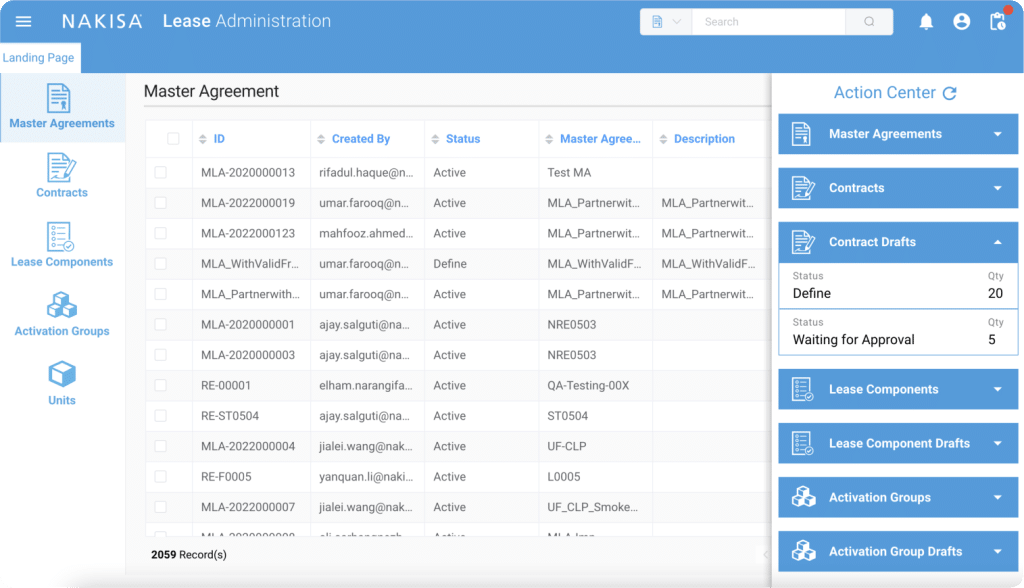The current market environment represents both a challenge and an opportunity for oil and gas industry players. It may, of course, mean the shutdown or divestiture of production assets which can change the segment or geographic make-up of the organization. Acquisitions, however, may still be relevant in a low oil price environment, as target equity prices are depressed alongside the buyer’s share price. Whatever actions are considered and executed to realign portfolios and cost structures, outbreak patterns, as well as social distancing and employee safety protocols together will have an operational impact not incorporated into prior cycles. “On our offshore platforms, in our refineries, at our lubes and chemical plants, and throughout our facilities worldwide, our people are getting the job done while protecting themselves and others,” said Darren Woods, ExxonMobil Chairman and CEO (EnergyFactor).
Looking at the example of M&A, virtual deal teams are nothing new, and the industry is used to virtual data rooms, video conferencing, and Docusign closings. Even in as large a transaction as the Shell acquisition of BG during the last downturn, a small execution team is possible and may even be preferable. Indeed, according to an interview with Gerald Paulides on Shell’s acquisition of BG in McKinsey, “A company doing sizable, world-scale M&A should have a core deal team of about ten people (. . .) it’s about having the best people available for an intense activity over a prolonged period. If you have five external team members available, principals from the bankers, the lawyers, the strategic advisers, then you have a good team—but you need to handpick them.”
“On our offshore platforms, in our refineries, at our lubes and chemical plants and throughout our facilities worldwide, our people are getting the job done while protecting themselves and others.”
– Darren Woods, ExxonMobil Chairman and CEO (EnergyFactor).
Best practices point to a similar commitment and focus when realizing the expected value of the closed deal. Again, McKinsey outlines success criteria in a post-merger scenario but the advice is broadly applicable to any organizational transformation, stating that to succeed, “a designated team must be provided with all necessary data and resources and be left to build the new portfolio and organization. To ensure talent retention, communicate early, clearly, and convincingly to the people you want to keep, and ‘walk the talk’ by openly appointing leaders from both companies to New Co. positions.”
Setting aside access to confidential HR data, subject to outlined regulatory timelines for M&A transactions, even with all of the data legally accessible how can a global, multi-disciplinary team gather, ingest, visualize, consume, and act efficiently and collaboratively while meeting these goals?
In practice, both internal team members and external consultants are tasked with delivering new organizational structures as one of the means of realizing cost, capital, and revenue synergy goals. Modeling the synergy scenarios means capturing the relevant data from secure HR solutions and other sources, ensuring access control, and utilizing current, dynamic data for effective execution, avoiding outdated or stale information.
Those of us who have worked with proprietary or built home-grown models in Excel can attest to how much manual labor is required for inputting large data sets, and graphing, and presented the insights in slides. Moreover, it is an inefficient means of gathering and visualizing data. There is a limit to how much scenario analysis can be anticipated and actioned from static sources ahead of a decision-maker meeting—sometimes a stakeholder wants to see a what-if scenario play out in real-time during the presentation. Responding on the spot decreases time-to-value as well as the time and effort across the entire process. This is critical under a cost control focus.
While rebalancing supply/demand and rising prices can improve financial metrics the core deliverable of redesigning the organization remains and implementing a replicable and efficient methodology and solution is of benefit at $25 oil or $100 oil.
The power of visualization is always clear when working with our enterprise clients. Seeing different scenarios dynamically presented and then tested unlocks immediate insights. Applying a filter assumption or scenario and seeing it unfold on a global geographic employee map and then comparing it with COVID-19 patterns and responses in the affected regions can empower decision-makers while taking into account safety and operational risk considerations. Moreover, providing all stakeholders with access to a single source of organizational truth via a purpose-built, secure, and cloud-based collaboration solution enables the team to expedite value delivery, especially when managing potential new remote work mandates.
Looking for a comprehensive solution to visualize, analyze, plan, and design your complex organization structure? Nakisa Workforce Planning software is tailored to meet the needs of global enterprises, providing a comprehensive solution for organizational design, headcount planning, HR analytics, and more. Request a demo to experience Nakisa Workforce Planning software firsthand. Alternatively, watch our short demo videos to see how Nakisa Workforce Planning software can streamline your workforce planning processes, enabling data-driven decision-making and agile organizational transformation.
Key features include strategic and operational workforce planning, enabling you to bridge your organizational vision with agile team-level changes; scenario modeling with advanced organizational design capabilities, ERP/HCM write-back functionality, and collaborative features for seamless teamwork; real-time, configurable, and intuitive org charts and reports integrated with ERP/HCM systems, allowing you to slice, dice, and report HR data out-of-the-box; and powerful integrations and automation to ensure accuracy and consistency of HR data.







